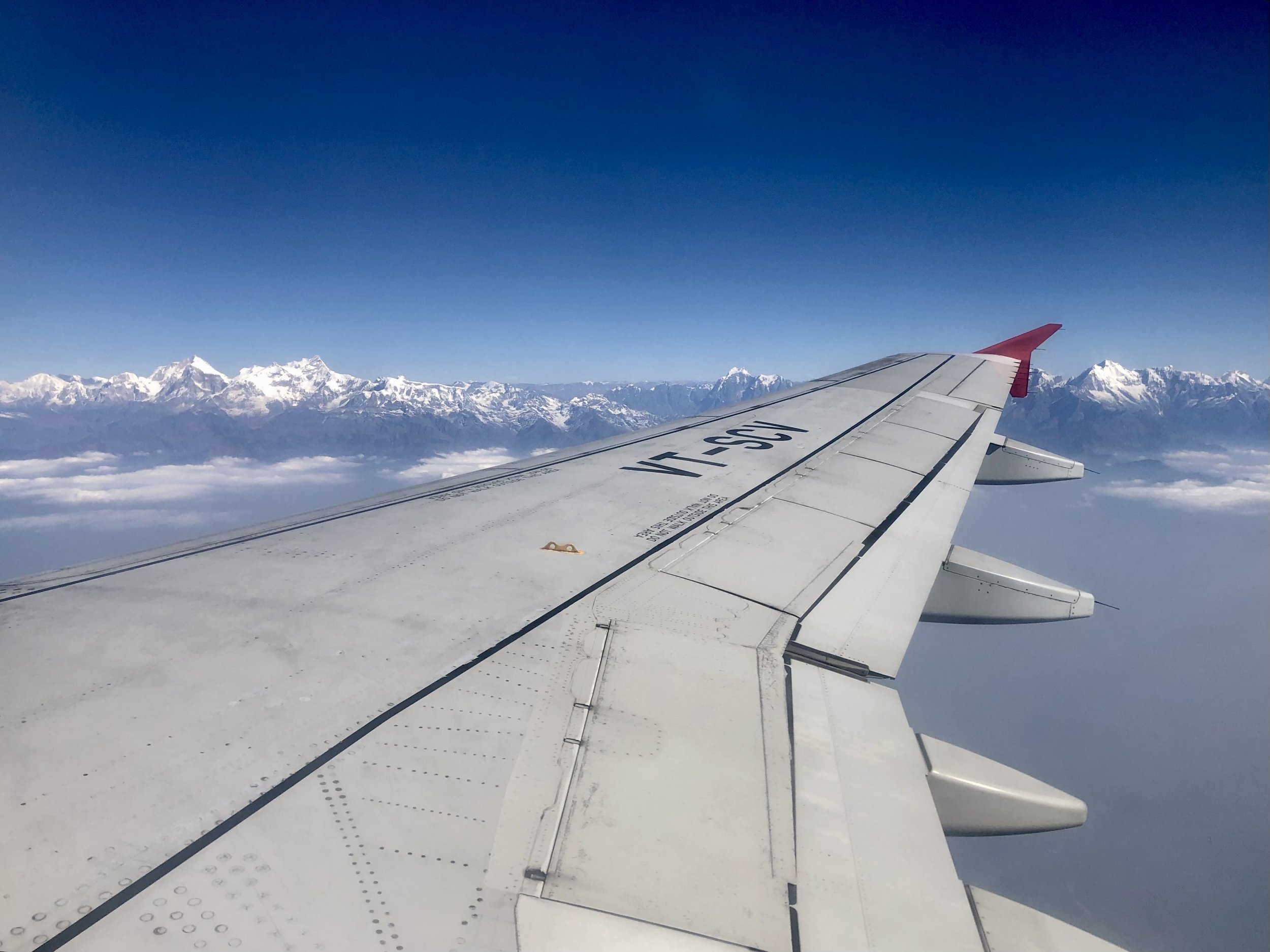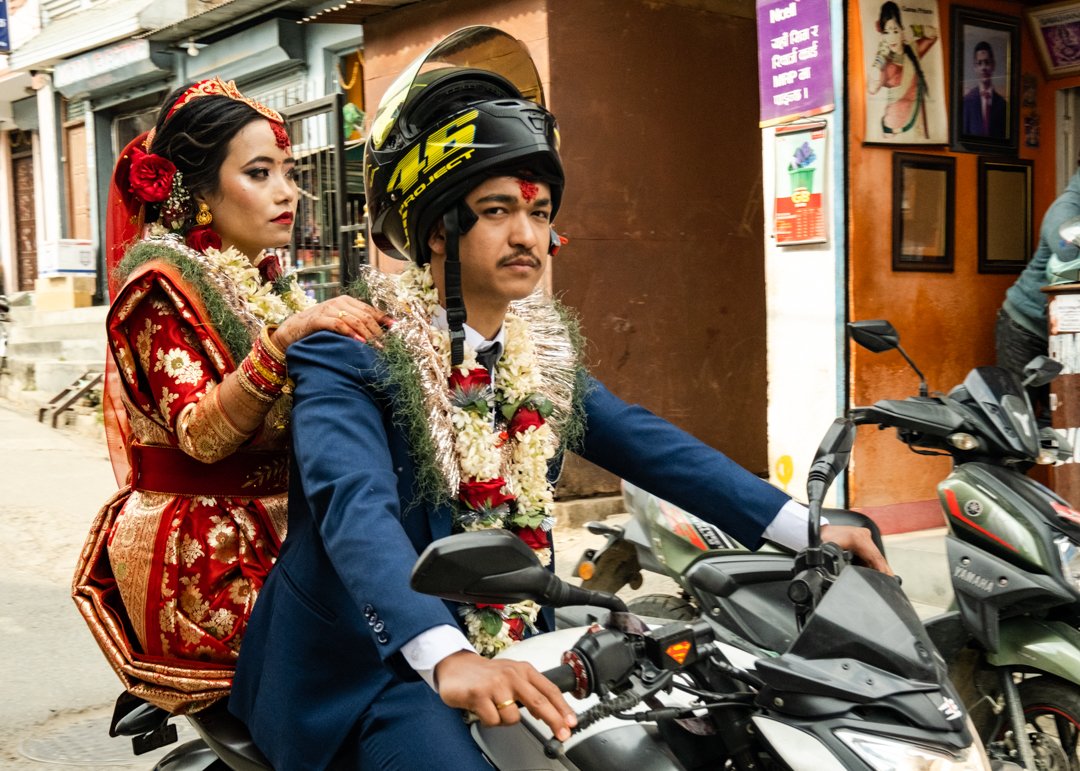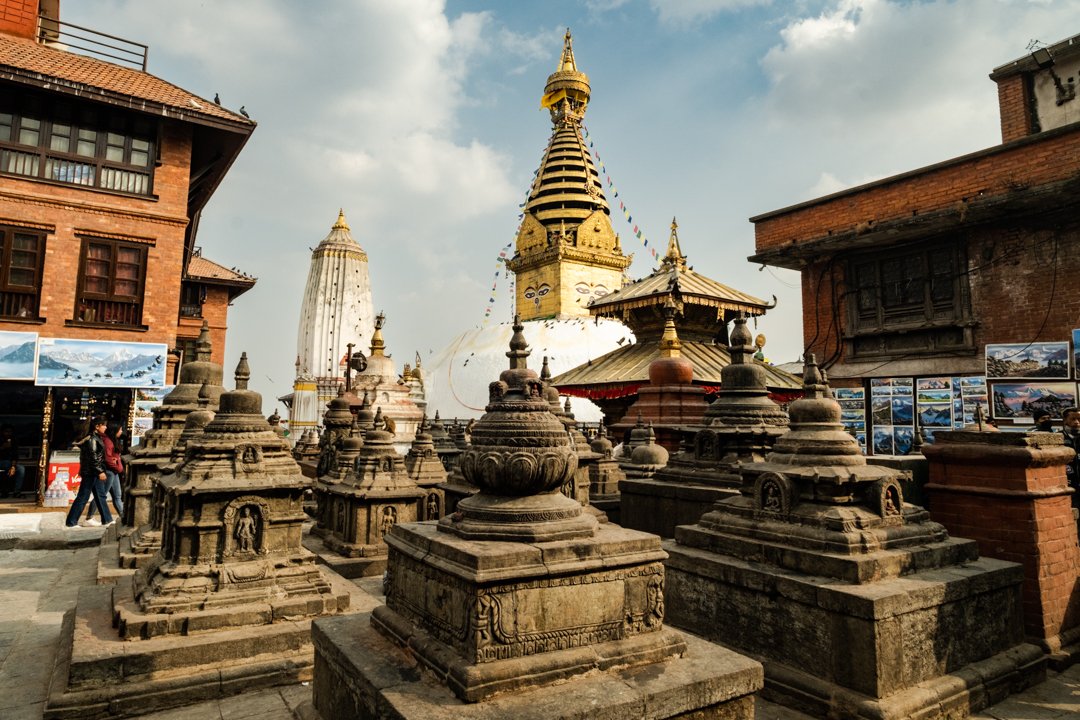The bejewelled Royal Kumari stared down at us. No flicker of emotion, just stared.
Officials were touching their foreheads, praying or just gasping in awe. She will carry out this role - appearing at the window each day- until she reaches menstruation age then she will no longer be a goddess and will be integrated back into society.
Throughout her Goddess life she has to pass ritual tests and be inspected for 32 specific attributes of physical beauty, including a neck like a conch shell, eyelashes like a cow, a chest like a lion, and thighs like a deer. Her eyes and hair must be black. And she must be brave.
‘The-would-be Kumaris are kept in a dark room with slaughtered buffalo heads while men dance around to monitor their levels of “fearlessness,” says a former Kumari, Rashmila Shakya in her autobiography, From Goddess to Mortal. She found the transition from being living goddess to just another girl was emotionally challenging.
Apparently Kamari tradition is frowned upon by child protection groups.
Once the Goddess had gone back inside we were allowed to take photographs then the doors were unlocked and we were set free. Well the hotel manager was right, we have never experienced anything like that before!



































































